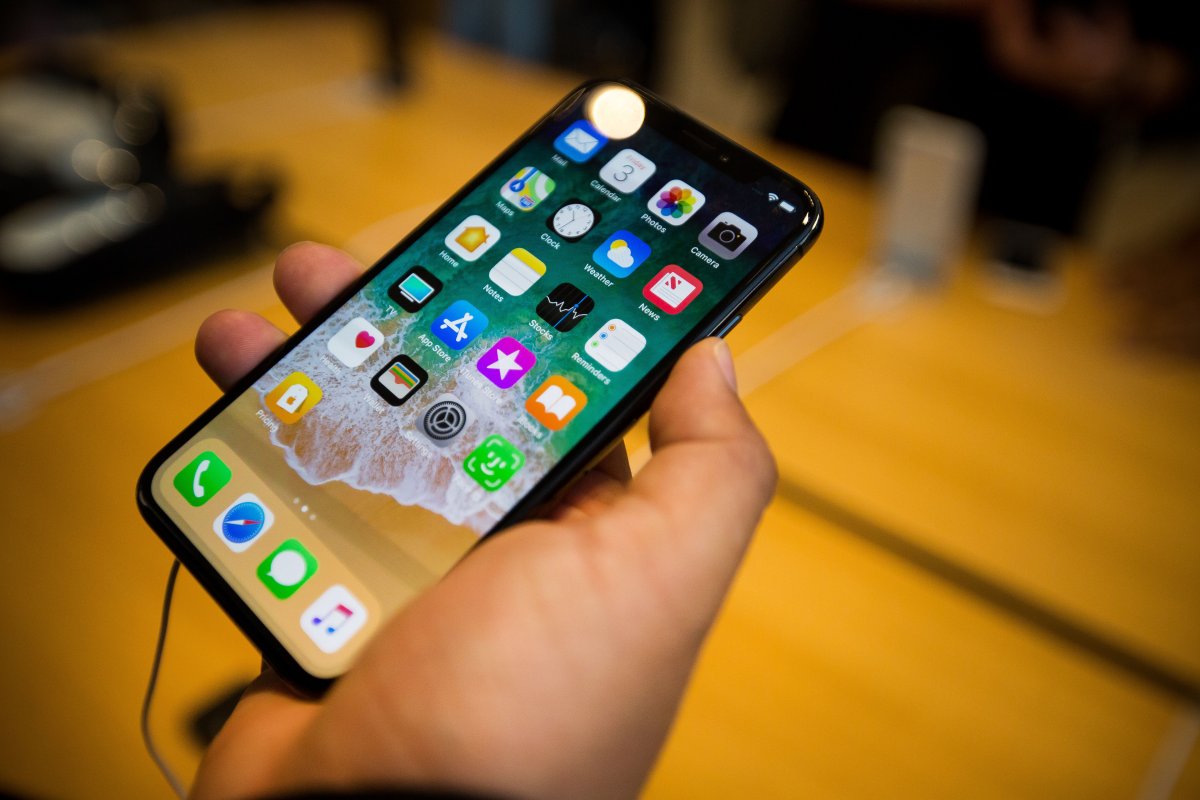As part of Apple’s iOS 12 update, iPhone users in the United States who call 911 with their mobile devices will be able to automatically share their location data with first responders.

According to the National Emergency Number Association (NEMA), over 240 million calls are made to 911 per year, approximately 80 per cent of which are made from mobile devices, but “outdated, landline-era infrastructure” makes it difficult for emergency centres to obtain a mobile caller’s location.
WATCH: Apple introduces features to help users cut down on screen time

“Communities rely on 911 centres in an emergency, and we believe they should have the best available technology at their disposal,” said Tim Cook, Apple’s CEO. “When every moment counts, these tools will help first responders reach our customers when they most need assistance.”
Global News reached out to Apple in regards to whether this feature would be made available to Canadians as well, and was told there was “no line of sight to Canada” at this time.
Apple plans to use a service called HELO (Hybridized Emergency Location), which it launched in 2015, to estimate a callers location using GPS and Wi-Fi access points. In addition, the company will use emergency technology company RapidSOS’s Internet Protocol-based data pipeline to share location data with centres securely.
- 2 teens charged with murder in case of 16-year-old killed outside Halifax mall
- Green Party deputy leader given jail sentence for Fairy Creek old growth protests
- Cars torched, explosions heard in suspected arson in Montreal neighbourhood
- Gas station clerk stabbed several times during violent attack at Ultramar in Montreal
The smartphone giant emphasized the security aspects of this feature, saying it will not provide the caller’s name and that it will only share the location information in an emergency for privacy reasons. Furthermore, this feature cannot be accessed for non-emergency calls. While it will be turned on by default for all users who update to iOS 12 in the U.S., there will be the option to opt out.
The release also notes that while the FCC currently has mandated that carriers to be able to locate callers within 50 meters at least 80 per cent of the time by 2021, Apple’s iOS location technology is capable of exceeding that requirement today, even in “challenging, dense, urban environments.”
“This new functionality is an example of how companies and first responders can use technology to dramatically improve public safety. Lives will be saved thanks to this effort by Apple and RapidSOS,” said Tom Wheeler, FCC Chairman from 2013 to 2017 in a statement.
WATCH: Apple is looking to help you put your phone down

Wheeler also told CNN that the current 911 system in the United States is 50 years old as of this year.
“It has not made the evolution into the digital era,” he said, which has made it difficult to extract better location data from the legacy system. He said that not all callers in an emergency situation are able to articulate their location due to medical distress or being in a situation where speaking could put them in danger.
Dennis Patrick, FCC Chairman from 1987 to 1989, seconded Wheeler’s statement, adding that helping 911 services access caller location has been a challenge for the FCC since his time with the commission.
Wheeler, now a visiting professor at Harvard University, believes Apple’s new approach for locating 911 calls will set an standard, and hopes other phone makers will follow the company’s lead.
“This is going to save a lot of lives,” Wheeler said.
-With a file from the Canadian Press.




Comments